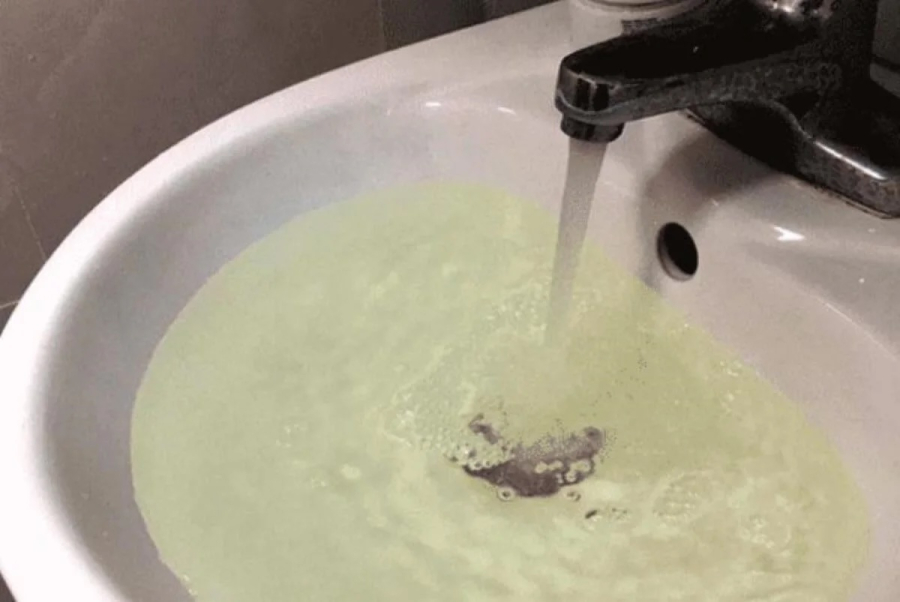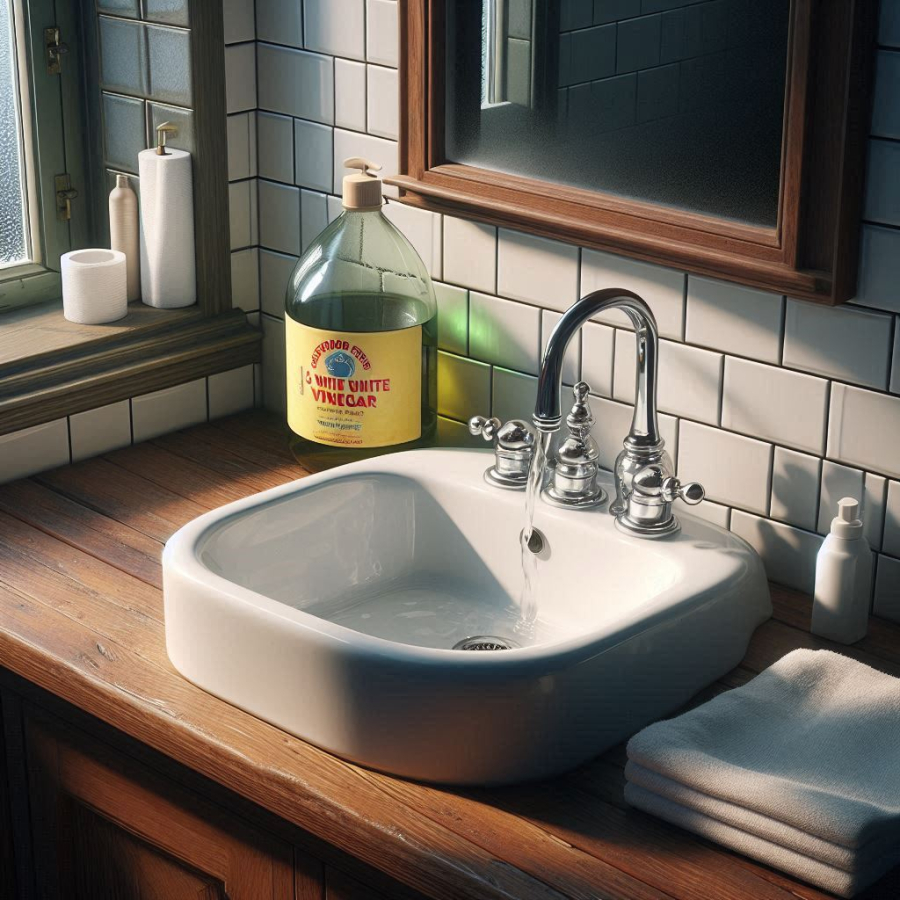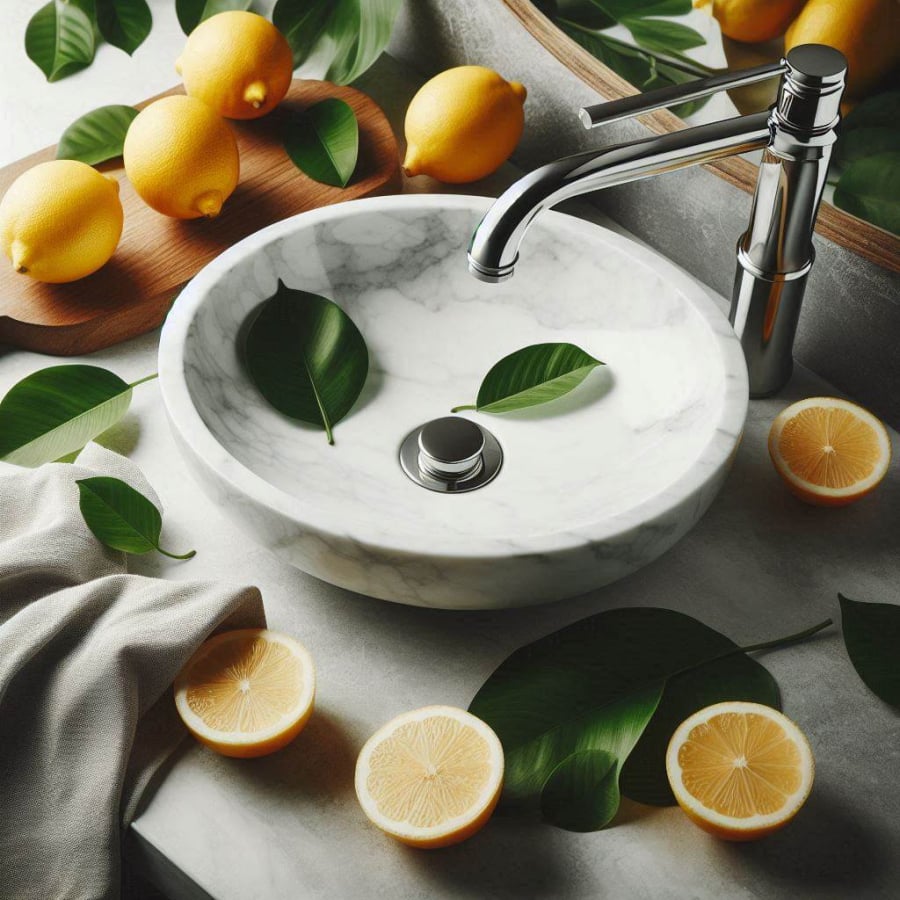Get Rid of That Stinky Sink: Identify the Culprits and Freshen Up Your Bathroom
Is your bathroom sink emitting an unpleasant odor? It’s time to get to the bottom of this stinky situation. There are three main reasons why your sink might be the source of these nasty whiffs:
Dirty Sink and Food Debris
Your sink may be a victim of everyday use, with food scraps and greasy residues finding their way into the drain. Over time, this buildup can decompose, resulting in a foul stench and unsightly stains. If left unattended, the problem will only worsen.
Blocked Drain and Sewage Issues
A blocked drain or sewage pipe can prevent wastewater from flowing freely, leading to a backed-up sink. This stagnant water then becomes a breeding ground for bacteria, resulting in a putrid odor. The issue may also be compounded by sewage contamination from shared pipes, such as septic tanks or smelly pipes.

Blocked and Contaminated Drain: A Major Cause for Stinky Sinks
Bacterial and Mold Growth
The damp environment of your sink provides the perfect conditions for bacteria and mold to thrive. As these microorganisms grow, they release unpleasant-smelling compounds. This is a common reason why sinks develop a nasty odor.
Apart from these three main causes, condensation and poor ventilation can also contribute to a smelly sink. Therefore, it’s essential to address these issues to prevent a putrid-smelling sink.
The stench from a smelly sink can not only make your bathroom an unpleasant space but also impact the health and well-being of your family. So, it’s crucial to take corrective action.
Effective Solutions for a Fresh-Smelling Sink
Fortunately, there are simple and effective remedies to tackle this issue. Here are some easy methods to try:
Vinegar to the Rescue
White vinegar is a natural and effective solution to combat sink odors. Follow these steps:
– Step 1: Pour about 250ml of white vinegar into the sink.
– Step 2: Use a brush to scrub the sink, including the walls, faucet, and other affected areas.
– Step 3: Add a small amount of warm water, let it sit for 5-10 minutes, and then rinse thoroughly.
Vinegar will not only eliminate odors but also acts as a powerful disinfectant. However, avoid excessive use to prevent corrosion.

Vinegar: A Powerful Odor Eliminator and Disinfectant
Baking Soda: A Gentle yet Effective Odor Neutralizer
Baking soda is a popular and gentle solution to neutralize sink odors. Here’s how to use it:
– Step 1: Sprinkle 1-2 tablespoons of baking soda into the sink.
– Step 2: Spray a small amount of water or vinegar to create a foaming reaction.
– Step 3: Scrub the sink with a brush, paying attention to stained areas. Let it sit for 5 minutes, then rinse with clean water.
Baking soda is safe, non-corrosive, and highly effective in eliminating odors.
Citrusy Fresh: Using Lemons to Banish Sink Odors
Lemons are easily accessible and highly effective in removing sink odors. Follow these steps:
– Step 1: Cut a lemon in half.
– Step 2: Rub the lemon halves on the sink walls, faucet, and stained areas.
– Step 3: Pour warm water into the sink, let it sit for 15 minutes, and then rinse thoroughly.
The citric acid and lemon oil will cut through the odors and stains, leaving your sink fresh and clean.

Lemons: Packed with Citric Acid and Oil to Eliminate Odors and Stains
Commercial Cleaning Products: A Specialized Approach
In addition to natural remedies, specialized cleaning products can also be used to tackle sink odors. Here are some suggestions:
– Mild Acidic Cleaners: These products effectively remove stains and buildup without damaging the sink’s surface.
– Disinfectant Cleaners: They help kill odor-causing bacteria, ensuring a clean and fragrant sink.
– Powder or Cream Cleansers: These products offer deep cleaning and effective odor removal, making them ideal for stubborn stains.
Note: Avoid using corrosive or overly strong chemicals to protect your sink’s surface.
With these simple methods, you can easily tackle sink odors using everyday ingredients and specialized cleaning products.

































